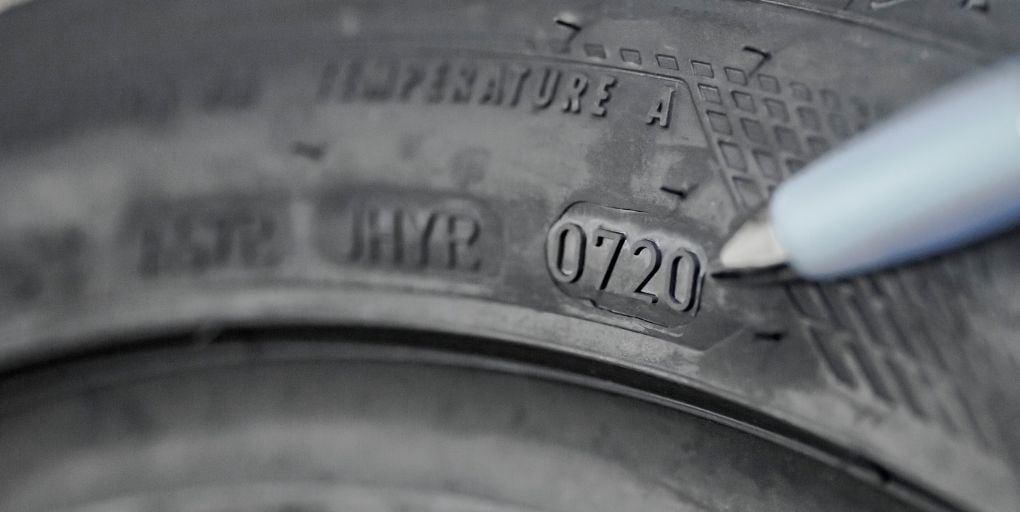Do you ever wonder about all the loose rubber you see on the road these days? Much of the problem is underinflated tires. As many of you head out in your car, taking a few minutes to verify you have the proper tire pressure can save you a breakdown, and making sure your tires are not aged, could possibly save your life.
Back in 2000, I was Chairman of the Ford National Dealer Council at the time when Explorers were rolling over. I was in hundreds of hours of meetings on the subject and did over 150 TV and media interviews. The burning question was whether it was the vehicle or the Firestone tires. It seemed pretty obvious to me…most of the rollovers were in Texas, Arizona and Florida, the states with the hottest weather. I wrote an entire detailed story on this in my True Stories From A Former Car Dealer series that you can read here.
I recall the day that Ford figured out the source of the problem, which was that the bad tires were coming out of a particular Firestone plant in Ohio. Most people don’t know this, but Firestone refused to do anything in spite of the fact that the evidence was indisputable. Ford stepped up and paid for the entire recall itself. Millions of people got brand new tires, although at my dealership, over 100 customers never took advantage of their free new tires in spite of the fact that they could get seriously hurt.
Although it never made big news later, the government ruled that it was in fact the tires. Through all this, I got a real education on tires and I wanted to share that with you.
I did not realize until this issue that the belts in a tire were glued to the sidewall. That was the problem Firestone had…poor glue that once it got hot, the glue melted and the tires came apart. Hence, worse problems in the hot weather states. We also learned that the age of tires was a huge problem AND as you know from listening to the Car Pro Show, under inflation is a huge issue and something I talk about often.
The studies done at the time showed that at over 5 years of age, a tire begins to deteriorate regardless of the miles on the tire. I also learned that it’s not uncommon for people to buy brand new tires that have been on the shelf for MORE than five years. Luckily, each tire has a stamp on it that you can read for yourself and it is really quite simple to determine the age of any tire.
Each tire has a Department of Transportation number on the sidewall that you can identify because it starts out with DOT followed by 10, 11, or 12 letters or numbers. The last four numbers are the ones to pay attention to. These four numbers indicate the week and year the tire was made. As an example, if the last four numbers of the DOT code were 1519, this would signal the tire was made in the 15th week of 2019 and you’d know not to buy that tire because it is over 5 years old. You should check this on your current vehicle AND when you buy new tires.
One other important note: the identification number on a tire is not unique to that tire as is your VIN is to a car. The numbers on your tire are intended to identify batches of tires, as in the case of the Explorers above. The entire number on a tire tells NHTSA which factory made the tire in question. Never buy a tire that is not stamped DOT, those have not been deemed safe by the Department of Transportation.
One last thing, nobody can eyeball a tire and tell if it is 20% low on air. Go to a tire shop or get yourself a good tire gauge. Tire pressure should be checked monthly and certainly before any trip.
Photo Credit: supergenijalac/Shutterstock.com.


.jpg?width=150&name=jerry-headshot.jpg%20(1).jpg)